Description
Dried Black Dates is used for spleen deficiency, less food, weak stools, and woman’s irritability.
1 fruit : nourishing the nerves . For Spleen eat less, fatigue, loose stools, woman hysteria.
2 Bark: inflammation, bleeding, diarrhea. For bronchitis, enteritis, dysentery, uterine bleeding ; topical treatment of traumatic bleeding.
3 Root: qi, blood, regulate menstruation. For irregular menstruation, redcollapse, vaginal discharge .
| A. | Moisture Content |
Approximately 20-25% |
| B. | Invert Sugar Content |
Approximately 70% |
| C. | Cleanliness Standard |
Clean of dust and dirt while maintaining a naturally clean look. No bird pecks, rodent bites or like damage. |
| D. | Preservatives | None |
| E. | Hydrated Fruit | Consists of increasing the fruit moisture content through a steaming process to meet moisture content specifications. |
| F. | Pesticide Use | Organic certified fruit: None (no pesticides, insecticides or fumigation of any type, including Methyl Bromide). Commercial fruit: Grown naturally without pesticides. |
Packing: 25kg/50kg PP Bag Or 25kg/50kg Kraft Bag
For information about pricing per Metric Ton and Negotiation, please
send us a quote using the form below


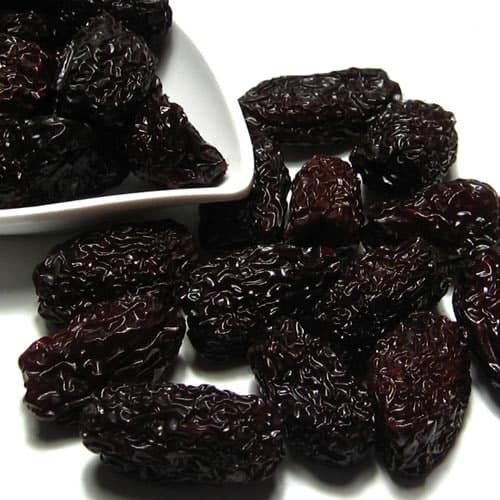


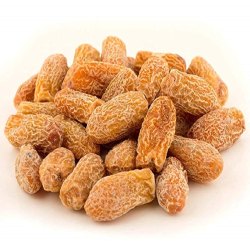


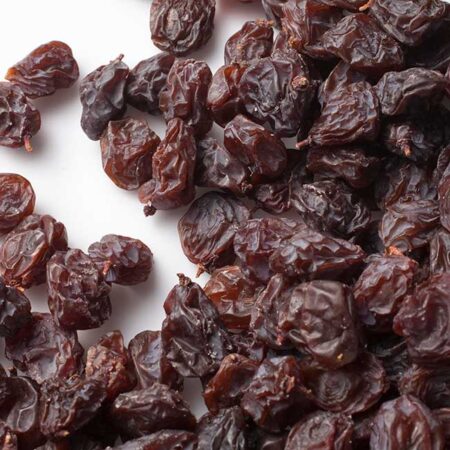

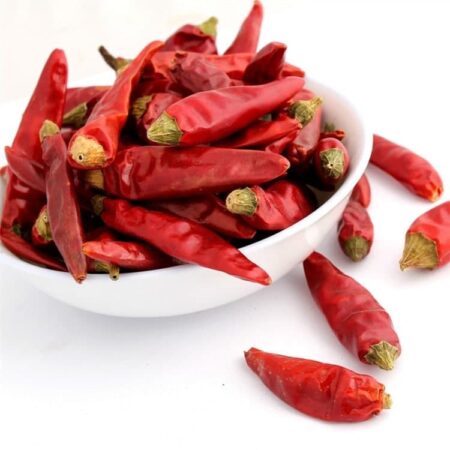
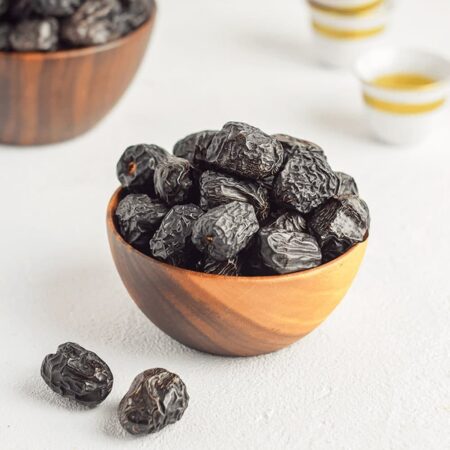
Reviews
There are no reviews yet.